Hydraulic supporting systems play an indispensable role in geological drilling projects, providing critical support and stability to ensure both the safety and efficiency of operations. These systems are designed to manage the heavy loads and high pressures typically encountered in drilling environments, offering a level of precision and adaptability that mechanical systems alone cannot provide. In the context of geological drilling, where precision and reliability are paramount, hydraulic supporting systems offer several significant advantages.
One of the primary functions of hydraulic systems in geological drilling is to stabilize and support the drilling rig and other equipment. During the drilling process, the machinery is subjected to immense forces, including pressure from deep underground rock layers and heavy loads from the drilling tools and rig. Hydraulic supports distribute these forces evenly across the equipment, preventing tipping or shifting and ensuring that the machinery remains stable and operational. This stability is crucial in preventing accidents and ensuring the safety of both workers and the equipment.
Hydraulic systems are highly adjustable, allowing for precise control over the positioning of the drilling rig. This adjustability is vital in ensuring accurate drilling angles and depths, which can be influenced by variations in the geological formations. The ability to fine-tune the positioning of the rig ensures that the project progresses efficiently, with minimal risk of errors that could lead to costly delays or complications. This precision is especially important in geological drilling, where even slight inaccuracies can affect the outcome of the project.
The performance and efficiency of the drilling process are significantly enhanced by hydraulic supporting systems. In challenging terrain and difficult geological conditions, hydraulic systems provide the necessary power to lift, push, and stabilize the equipment, enabling drill rigs to function effectively in harsh environments. The increased lifting and pushing capabilities allow for faster drilling progress and reduced downtime, making the entire project more cost-effective and productive.
Hydraulic supporting systems protect valuable drilling equipment from the damaging effects of shocks and vibrations. In geological drilling, the equipment is often subjected to sudden movements and impacts from rock formations. Hydraulic systems help cushion these shocks, preventing excessive wear and tear on the machinery. This not only extends the life of the equipment but also minimizes the risk of mechanical failures, which can cause costly disruptions to the project.
Safety is another critical factor in any drilling operation, and hydraulic supporting systems contribute significantly to this aspect. The hydraulic systems prevent sudden, uncontrolled movements of equipment, ensuring that the machinery remains stable throughout the drilling process. Many hydraulic systems are equipped with safety features such as pressure relief valves, which protect the system from overloads that could cause failures. This added layer of safety is essential in ensuring that drilling operations can be carried out without compromising the well-being of workers or the integrity of the equipment.
Hydraulic systems facilitate the efficient deployment and retraction of drilling tools, a process that is often necessary as the drilling depth increases or the geological formations change. Hydraulic supports allow for smooth, controlled movements of drilling equipment, ensuring that the tools can be deployed and retracted quickly and safely. This capability is vital in maintaining the pace of the drilling operation, particularly when dealing with deep or complex geological formations.

 ENG
ENG
 English
English русский
русский Español
Español

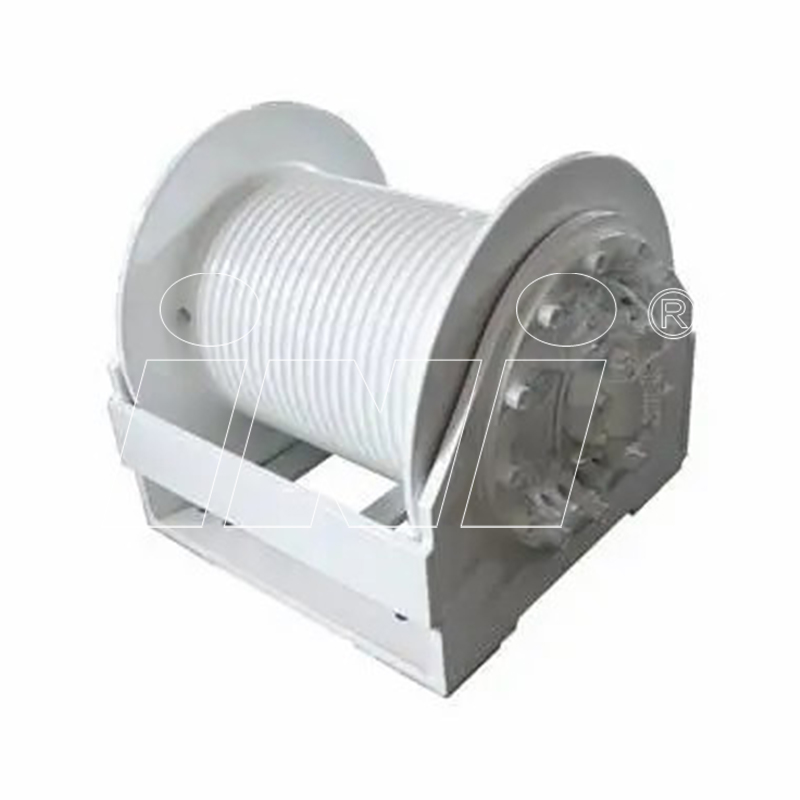
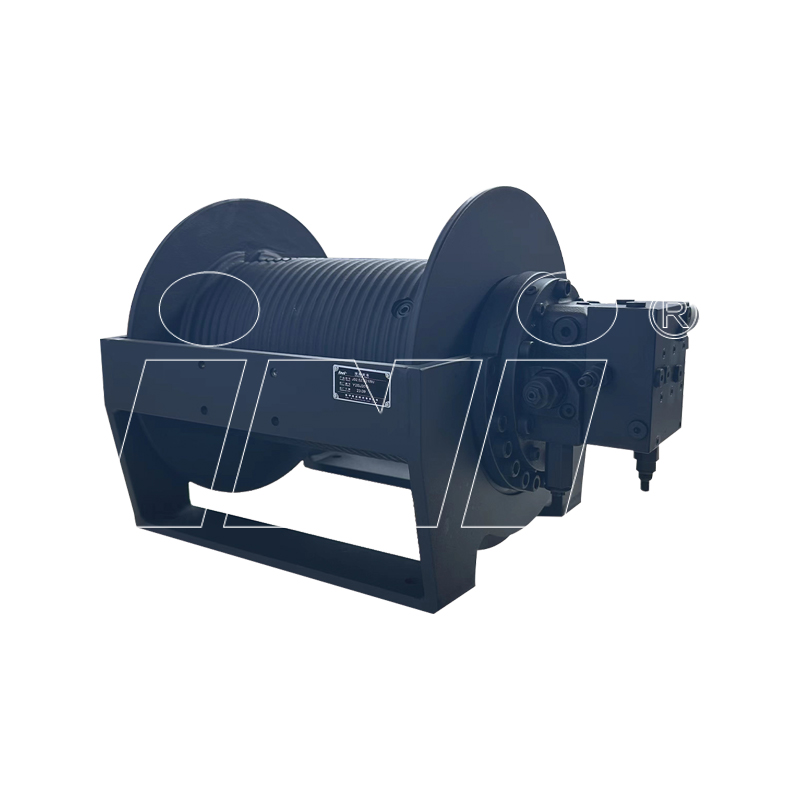
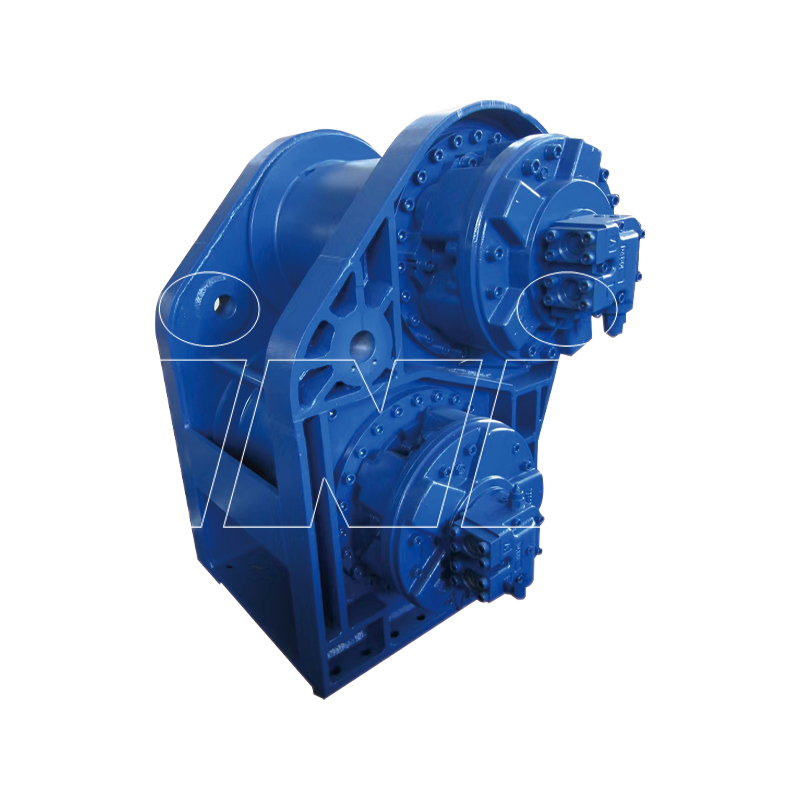

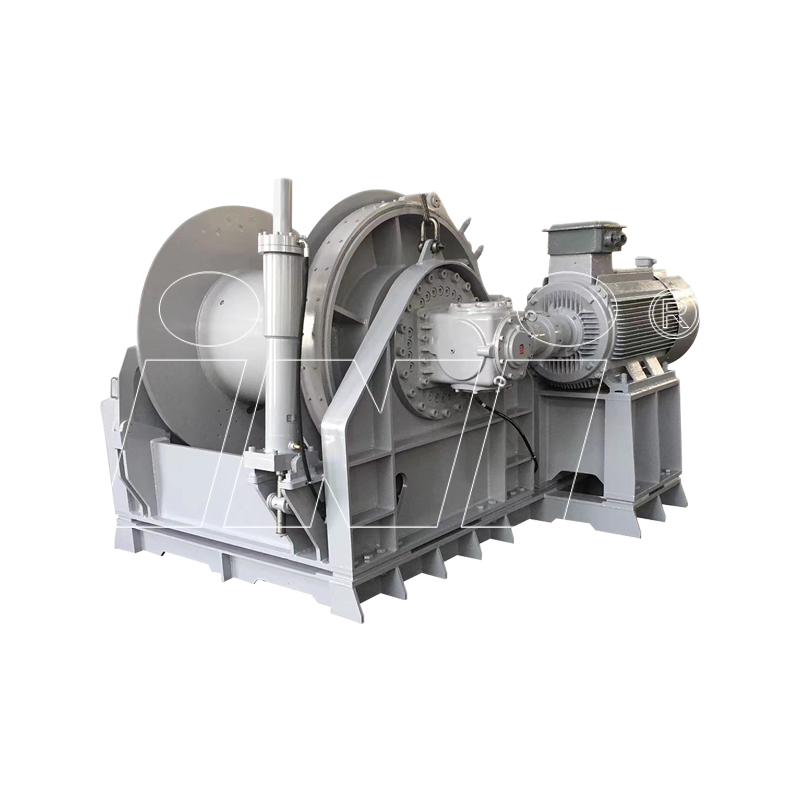

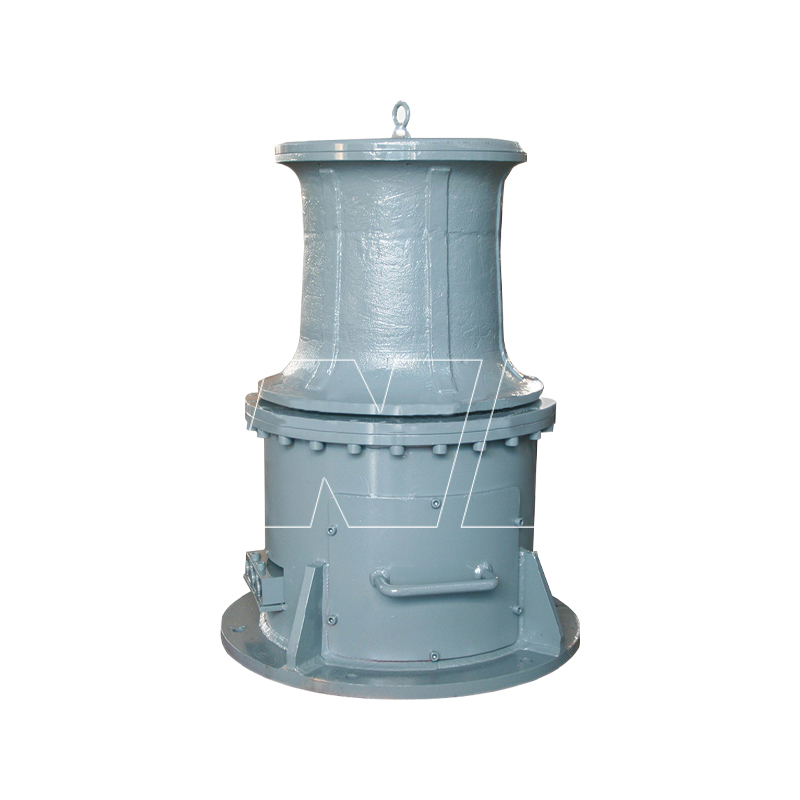
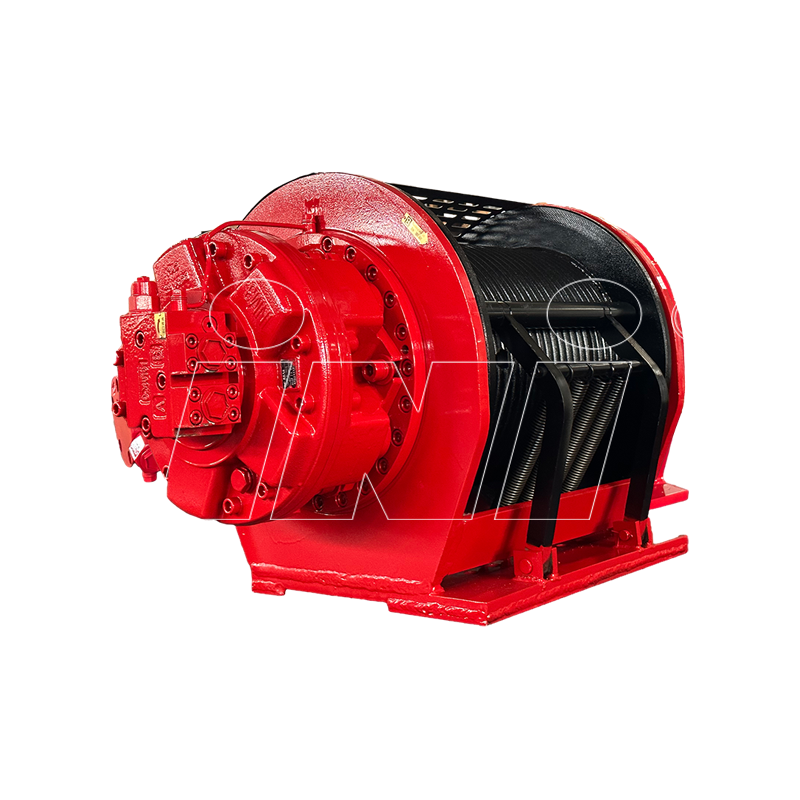
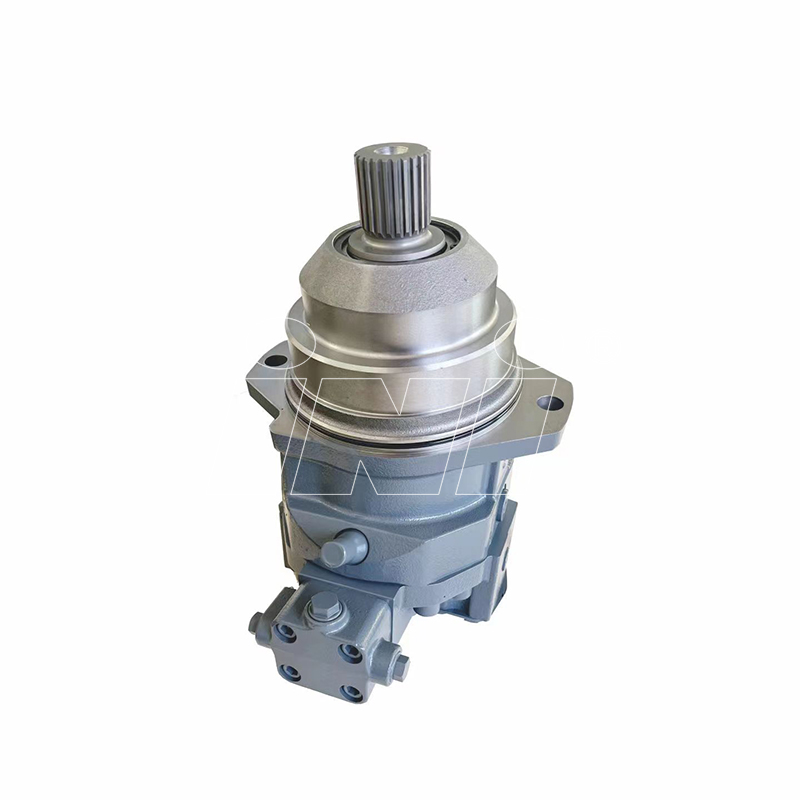
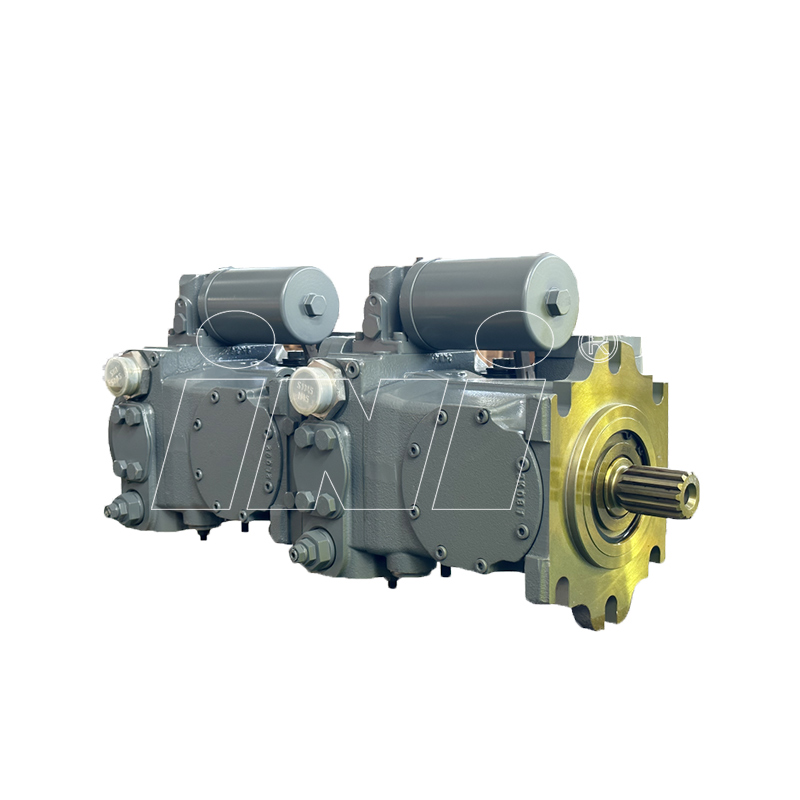
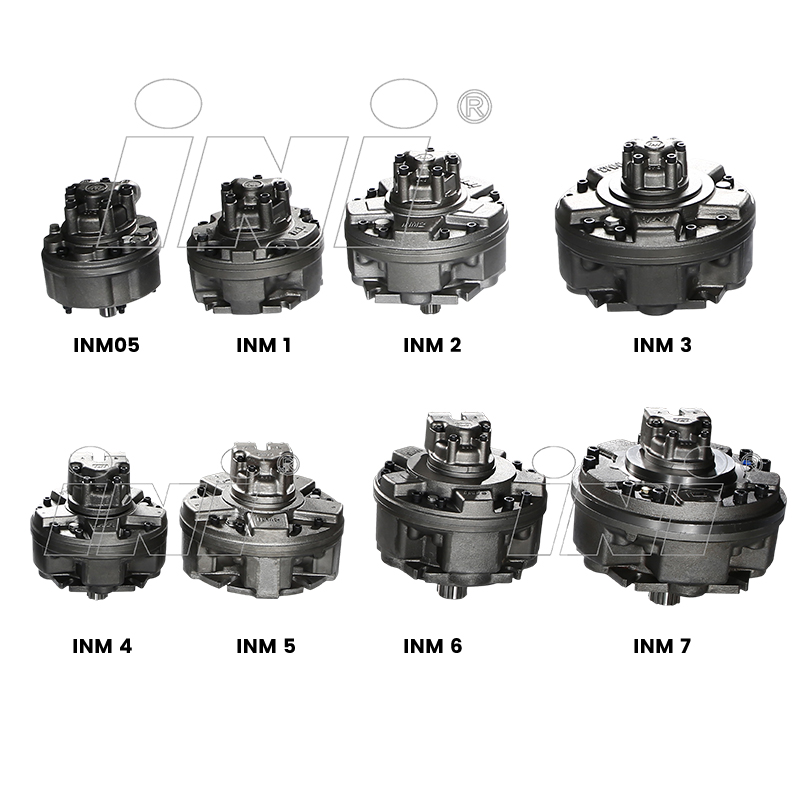
 English
English русский
русский Español
Español
 TOP
TOP